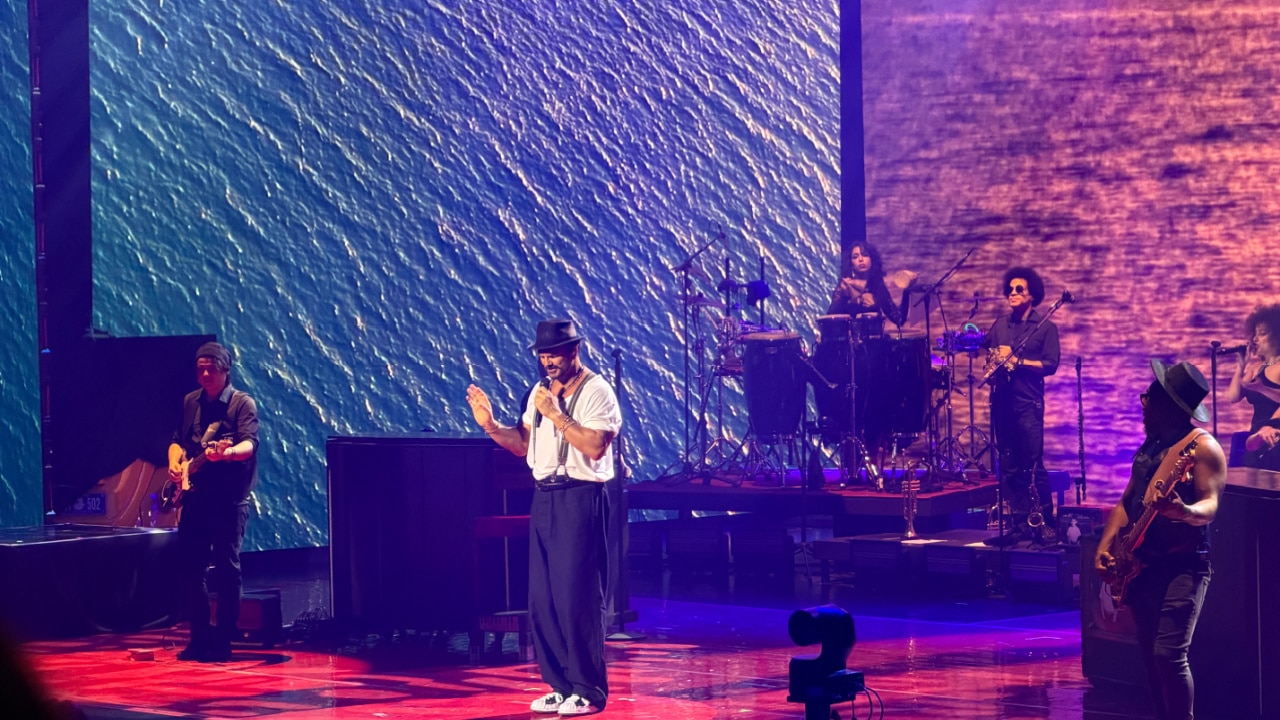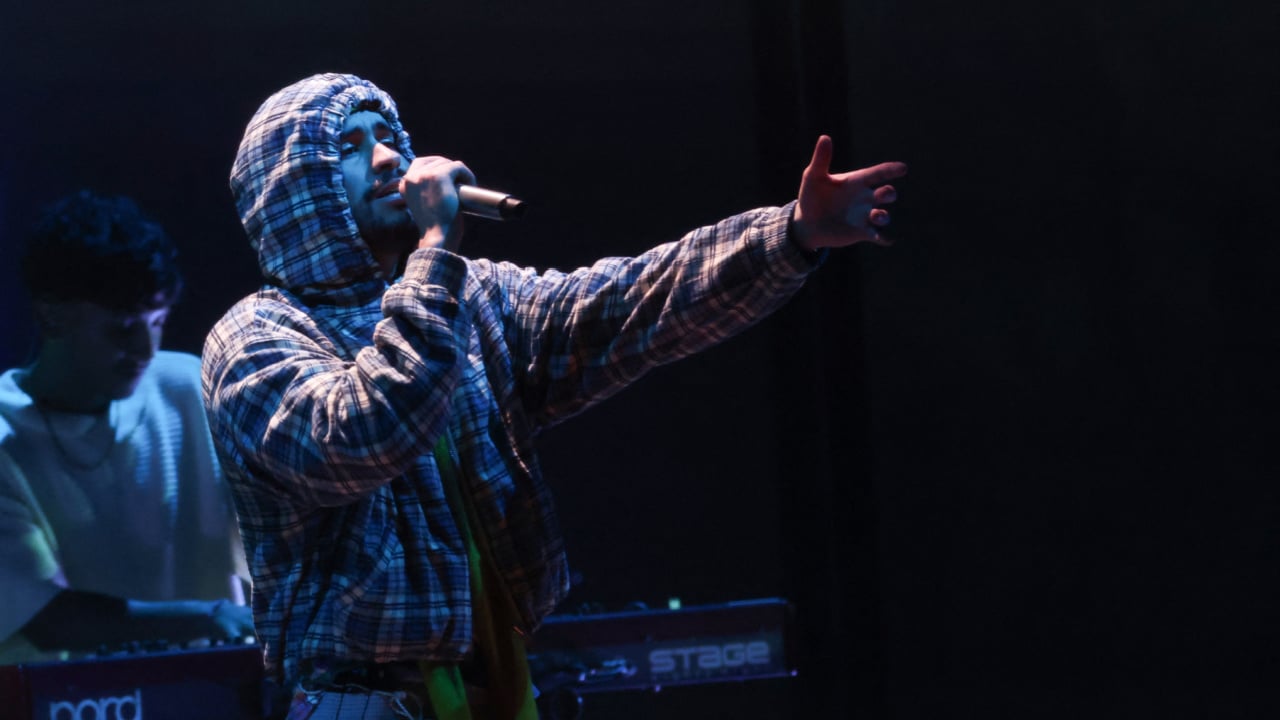From Selena to El Chapulín Colorado, ‘Blue Beetle’ Director Says Film is a ‘Love Letter’ to Latino Culture
The DC Universe has seen its fair share of superheroes, but none quite like Jaime Reyes, the Blue Beetle. As a recent college graduate encountering an alien artifact known as the “scarab,” his journey is unlike any other superhero.
Directed by Ángel Manuel Soto and written by Gareth Dunnet-Alcocer, it goes beyond action-packed sequences, delving deep into Latino culture.
From contemporary urban beats to classics like Selena Quintanilla’s “Bidi Bidi Bom Bom,” the film is a celebration of Latino pop culture. We even see a nod to Roberto Gómez Bolaños’ superhero satire, “El Chapulín Colorado.”
“It’s a love letter to our origins, of course, but it’s also a love letter to our families and our ancestors,” director Ángel Manuel Soto told mitú.
Palmera is the first Latino city in a superhero film
The vibrant city of Palmera, introduced in the film, captures the essence of Latinidad.
The director elaborates, “We want Blue Beetle to be a letter of introduction to the different ranges of colors that exist within Latinidad, including our urban centers.” This focus on showcasing the various hues of Latino culture sets the film apart.
Several pop culture references are peppered throughout, drawing attention to beloved Latino icons. From Don Francisco’s “Sabado Gigante” and the beloved telenovela, “María la del Barrio” starring Thalía, to Guillermo del Toro’s masterful movie, “Kronos”.
The in-credit scene shows Chespirito’s “El Chapulín Colorado” on-screen the screen in the sweetest way.
From Calle 13 to Luis Miguel the “Blue Beetle” is packed with Latino classics
Argentinian iconic rock band Soda Stereo’s “Nada Personal”, Calle 13’s “Atrevete-te-te,” Chalino Sánchez’s song “Armando Sánchez,” and even Vicente Fernández’s “El Rey” made it on there.
There are also songs from Luis Miguel, Los Panchos, Alberto Cortez, Ivy Queen, and of course, Queen Selena Quintanilla. The voices of Cazzu, Álvarito Díaz and Anuel AA, are also part of the music of the movie.
Soto explains that showcasing these elements is about more than just representation; it’s about allowing Latinos to tell their stories from their perspective.
“Both the creators and the actors wanted to have the freedom to be freely Latino, of not having to explain our Latinness.” This sentiment is evident throughout the film. From Blue Beetle’s suit reminiscent of the Mexican wrestler Blue Demon to the family’s singing the opening theme song of María la del Barrio. It’s a cinematic fiesta of Latino cultural homage.
In addition to the music, the cast itself is a testament to the rich tapestry of Latinidad. With talents like Xolo Maridueña, Adriana Barraza, George López, Becky G and Damián Alcázar, the film presents an authentic portrayal of Latino characters.
A sprinkle of Latino politics and nostalgia also play a part in “Blue Beetle”
In a touching scene, Jaime’s encounter with his deceased father is reminiscent of the iconic sequence from the 1960 Mexican classic, “Macario.” It is also the first Mexican movie ever nominated to the Oscars.
Such instances showcase how the film beautifully weaves cultural references, providing both entertainment and a sense of nostalgia for those familiar with the references.
As the world of DC comics and superheroes continues to evolve, including diverse narratives, as seen in “Blue Beetle,” is not just refreshing but necessary.
For example, the film does not shy away from history. We see this with the reference to the School of the Americas. Critics labeled the U.S. Army facility a school for dictators, torturers and assassins, tying the storyline back to real events that impacted Latino America.
By embracing the cultural richness of Latinidad, “Blue Beetle” serves as a testament to the power of representation. Also to the importance of telling stories that resonate with global audiences.
As Soto rightly summarizes, it’s about “understanding where we come from.” The world of superheroes is vast, but the Blue Beetle stands out, proudly waving the flag of Latino culture.




